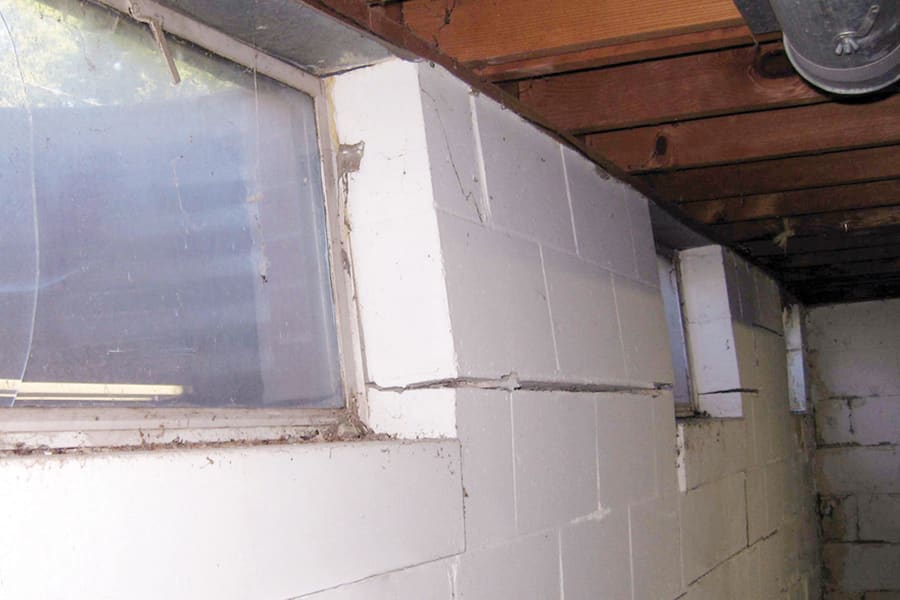A bowing wall is a critical concern, as it can cause potential structural damage and even injury! When you notice that your wall is bowing, you should take action immediately.
Here are three proven solutions for how to repair a bowing wall.
Carbon Fiber Straps and Staples
Carbon Fiber straps and staples are an excellent solution for fixing a bowing wall, as they are engineered to hold even the largest, heaviest wall straight. It is light but incredibly strong, and it won’t rust or corrode over time, so you can use it in all environments.
To install Carbon Fiber Straps and Staples on a bowing wall, start by measuring the distance between each stud with a tape measure. Write down these measurements, as you will need them when installing the straps and staples. Next, cut carbon fiber straps to fit from one stud across the length of your wall to the next stud on the opposite side from where you measured.
You will then want to drive nails into each stud along the length where you measured. Experts recommend that you should also drive nails into any studs that are closer than 16 inches apart to give additional support for the straps.
Once you have pre-installed your carbon fiber straps, prepare each strap by cutting it in half with a hacksaw or an angle grinder, depending on which is more comfortable for you.
This will leave two pieces of the strap, each providing enough strength to keep your wall aligned. You can then attach one piece of the strap at each nail hole using an impact driver and hex head screws. Once applied, these Carbon Fiber strips will be strong enough to hold up even the heaviest walls!
Hollow Wall Anchors
Another way to repair a repair a bowing wall is using Hollow Wall Anchors. This method only requires a few tools, and the best part is that there is no heavy lifting or climbing involved! The last thing you want to do when trying to fix your bowing wall is to damage it more than it already has been.

With this solution, all you need are some Hollow Wall Anchors and a drill. First, drill holes along each stud at equal distances apart from one another. These should be the same measurements as the ones you used when measuring your carbon fiber straps. Next, drop anchors into each hole and tap them in place with a hammer using gentle strokes until they’re flush with the wall surface. Now take your hollow wall screws and drive them into each anchor until they’re securely fastened to your wall.
You can control the bowing in your wall by screwing either inward or outward, depending on the direction of the bend. By applying pressure to one side or the other, you can use this technique to bring balance back to your structure. After doing so, you will need to apply a joint compound over each screw so that it is flush with the wall’s surface when finished. Later, once dry, paint over the compound for a seamless appearance!
Helical Tiebacks
A third great solution for fixing a bowing wall is using Helical Tiebacks. This product comes in either steel or plastic, depending on the application. Steel Helical Tiebacks work best inside concrete walls, while plastic ones are much easier to install when working with drywall.
This solution will cost more than the previous suggestions, but it is worth it when you consider how quickly and easily your repair job will be. If you have an old home that has been damaged by a bowing wall, use steel Helical Tiebacks because they’re built to last. Besides, they can hold up even the heaviest of structures without requiring additional bracing.
Fixing a bowing wall isn’t the easiest DIY project to tackle, but it is far from impossible. If you feel like you might be in over your head, call 58 Foundations to fix the problem early and avoid costly repairs.




